Home | Rehearsal Blog | Design Hub | Music Hub | Focus Research | Bibliography
Focused Research, on Demand
Individual Research Topics by Members of the Dramaturgy Team
The Power of Myth - Kirk Stencell
The Orpheus Myth - Sidney McMahon
The Role of Women in the 1940's - Sidney McMahon
Water Symbolism - Vikorija Kovac
Kirk Stencell
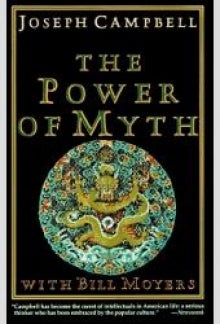
Joseph Campbell was a mythologist, writer, and lecturer. He is most famously known for his book and TV mini-series both titled “The Power of Myth”.
CAMPBELL: People say that what we're all seeking is a meaning for life. I don't think that's what we're really seeking. I think that what we're seeking is an experience of being alive, so that our life experiences on the purely physical plane will have resonances within our own innermost being and reality, so that we actually fell the rapture of being alive. That's what it's all finally about, and that's what these clues help us to find within ourselves
MOYERS: Myths are clues?
CAMPBELL: Myths are clues to the spiritual potentialities of the human life.
MOYERS: What we're capable of knowing and experiencing within?
CAMPBELL: Yes.
MOYERS: You changed the definition of a myth from thesearch for meaning to the experience of meaning.
CAMPBELL: Experience of life.
(Text of Video Interview with W. Bill Moyers.)
Joseph Campbell's Four Functions of Myth
1. …the first function of mythology [is] to evoke in the individual a sense of grateful, affirmative awe before the monstrous mystery that is existence
2. The second function of mythology is to present an image of the cosmos, an image of the universe roundabout, that will maintain and elicit this experience of awe. [or] …to present an image of the cosmos that will maintain your sense of mystical awe and explain everything that you come into contact with in the universe around you.
3. The third function of a mythological order is to validate and maintain a certain sociological system: a shared set of rights and wrongs, proprieties or improprieties, on which your particular social unit depends for its existence.
4. …the fourth function of myth is psychological. That myth must carry the individual through the stages of his life, from birth through maturity through senility to death. The mythology must do so in accords with the social order of his group, the cosmos as understood by his group, and the monstrous mystery.
The second and third functions have been taken over in our world by secular orders. Our cosmology is in the hands of science. The first law of science is that the truth has not been found. The laws of science are working hypotheses. The scientist knows that at any moment facts may be found that make the present theory obsolete; this is happening now constantly. It's amusing. In a religious tradition, the older the doctrine, the truer it is held to be. In the scientific tradition, on the other hand, a paper written ten years ago is already out of date. There's a continuous movement onward. So there's no law, no Rock of Ages on which you can rest. There's nothing of the kind. It's fluid. And we know that rocks are fluid, too, though it takes them a long time to flow. Nothing lasts. It all changes. In the social realm, again, we don't regard our laws as being divinely ordained. You still hear it from time to time, as in the current abortion problem: God is talking to Senator So-and-so, or Reverend Thus-and-such. But it doesn't seem to make sense otherwise. God's law is no longer the justification for the nation's laws. Congress decides what a decent aim for the social order is and what the institution is that should bring that aim about. So I would say that in this secular society of ours, we can no longer really think of the cosmological and sociological functions as a problem.
However, in all of our lives, the first and fourth functions do still play a role, and it's these that I will be addressing. We are going to find ourselves far away from the old traditions. The first is the problem of awe. And, as I've said, you can have one of three attitudes toward it. The fourth function now is the pedagogical. Basically, the function of the pedagogical order is to bring a child to maturity and then to help the aged become disengaged. Infancy is a period of obedience and dependency. The child is dependent on the parent, looks to the parent for advice and help and approval. There comes a time, however, when the individual has to become self-reliant and not dependent but himself the authority. Now here we come to a distinction between the traditional attitude toward this problem and the contemporary Western one. The traditional idea is that the adult who has moved from dependency to responsibility should take over without criticism the laws of the society and represent them. In our world, we ask for the development of the individual's critical faculties, that you should evaluate the social order and yourself, then contribute criticism. This doesn't mean blowing it up. Nor does it mean blowing it up before you've found out what it is.
Is it possible to create a new myth?
That depends on your definition of myth!
There are many interpretations of what is considered a myth. Each interpretation setting out different criteria for a story to meet before being deemed a myth.
Mary Magoulick has set out 12 recurring and popular characteristics that people use as general guidelines to help determine if something is indeed a myth. She urges people to remember that this list is neither absolute nor all-encompassing.
1. A story that is or was considered a true explanation of the natural world (and how it came to be).
2. Characters are often non-human – e.g. gods, goddesses, supernatural beings, first people.
3. Setting is a previous proto-world (somewhat like this one but also different).
4. Plot may involve interplay between worlds (this world and previous or original world).
5. Depicts events that bend or break natural laws (reflective of connection to previous world).
6. Cosmogonic/metaphysical explanation of universe (formative of worldview).
7. Functional: “Charter for social action” – conveys how to live: assumptions, values, core meanings of individuals, families, communities.
8. Evokes the presence of Mystery, the Unknown (has a “sacred” tinge).
9. Reflective and formative of basic structures (dualities: light/dark, good/bad, being/nothingness, raw/cooked, etc.) that we must reconcile. Dualities often mediated by characters in myths.
10. Common theme: language helps order the world (cosmos); thus includes many lists, names, etc.
11. Metaphoric, narrative consideration/explanation of “ontology” (study of being). Myths seek to answer, “Why are we here?” “Who are we?” “What is our purpose?” etc. – life’s fundamental questions.
12. Sometimes: the narrative aspect of a significant ritual (core narrative of most important religious practices of society; fundamentally connected to belief system; sometimes the source of rituals)
There are also some that believe a myth has to pass the test of time, and/or be significantly rooted in a culture and their beliefs/practices.
So if you decide to take a more “classical” approach to your criteria on what determines a myth (i.e. was once believed to be true, pass the test of time, and be significantly rooted in a culture) then creating a myth, although theoretically possible, it would be extremely difficult since modern science and technology would disprove your story and even if you were successful, chances are, you wouldn’t live long enough to find out.
If you take a more modern or loose definition of myth (i.e. reflective of basic structures, addresses a widely accepted “charter for social action”, confronting life’s fundamental questions) then it is definitely possible.
Mythopoeia (defined by Merriam Webster’s dictionary as “a creating of myth”) has been defended by some literary greats including J.R.R. Tolkien who even wrote a poem defending and explaining the practice of mythopoeia.
References
Campbell, Joseph, and David Kudler. Pathways to Bliss: Mythology and Personal Transformation. Novato, CA: New World Library, 2004. 6-10. Print.
Magoulick, Mary. "What Is Myth?" What Is Myth? Georgia College, n.d. Web. 16 Sept. 2016.
Campbell, Joseph. "The Power of Myth." Interview by Bill Moyers. The Power of Myth. PBS. June 1988. Television. Transcript.
Why does the Orpheus myth still fascinate today?
Sidney McMahon
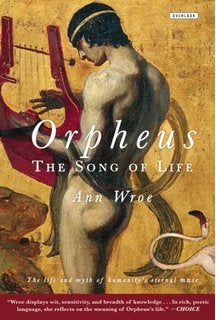
Former Economist editor Anne Wroe has written in Orpheus: The Song of Life about the fascination the Orpheus myth still has today. Follow this link for a candid discussion of the myth and Wroe's new book.
What was the Role of Women in the 1940's?
Sidney McMahon
In the 1940’s, women began doing factory work while the men were at war. This included average jobs usually done by men as well as fuelling the American war industry.
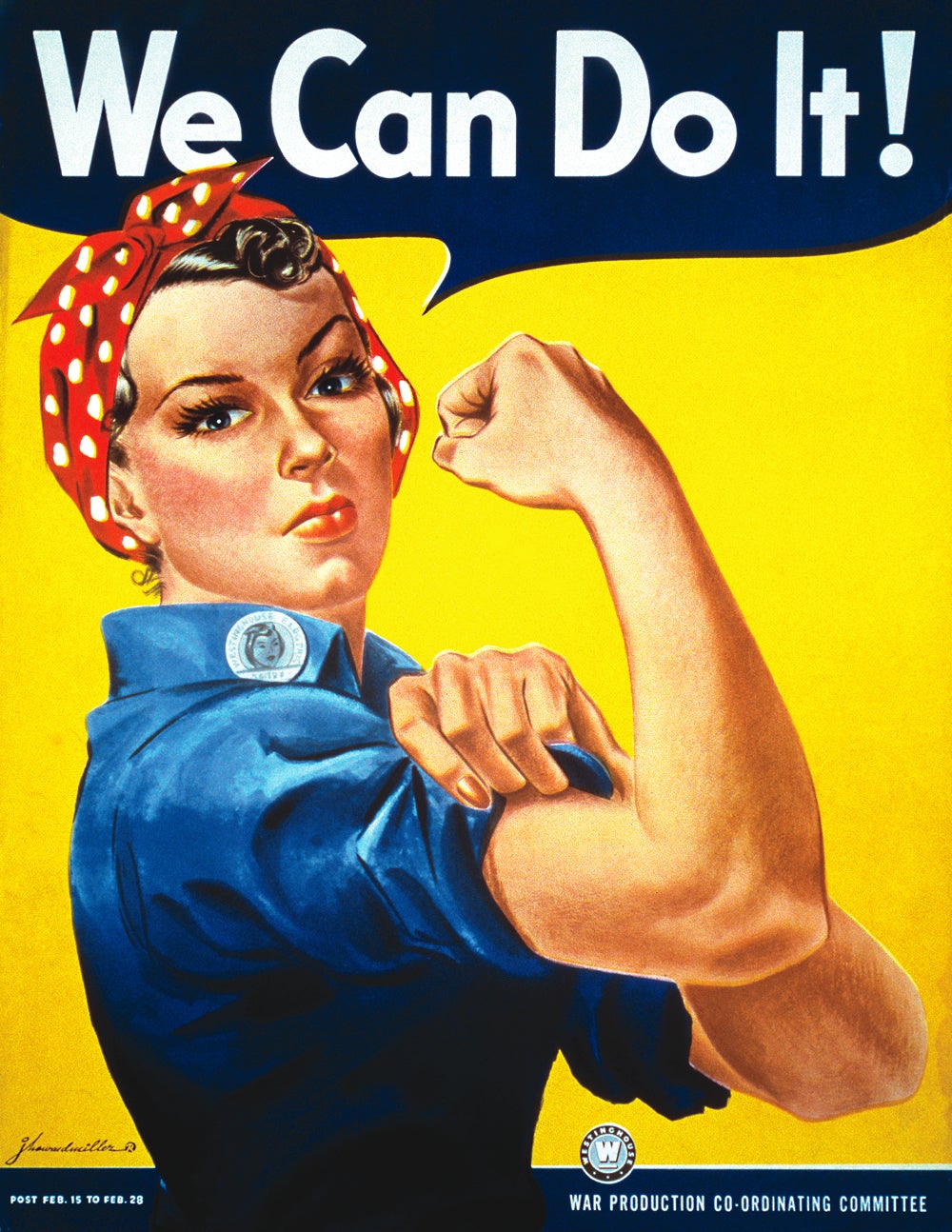
The character “Rosie the Riveter” was used in propaganda to encourage women to work. 6 million women are mobilized to the work force. Female employment went from 25%-36%. At the end of the war, most of the jobs went back to men, while women were encouraged to return to the home. All American Girls Baseball League established in 1943. In 1942 The Women’s Army Corps (WAC) and Women Accepted for Volunteer Emergency Service (WAVES) are established. Congress authorized women to serve in the U.S. Navy.
Over 150,000 American women served in the Women's Army Corps (WAC) during World War II. Members of the WAC were the first women other than nurses to serve within the ranks of the United States Army. Both the Army and the American public initially had difficulty accepting the concept of women in uniform. However, political and military leaders, faced with fighting a two-front war and supplying men and materiel for that war while continuing to send lend-lease material to the Allies, realized that women could supply the additional resources so desperately needed in the military and industrial sectors. Given the opportunity to make a major contribution to the national war effort, women seized it. By the end of the war their contributions would be widely heralded. Early in 1941 Congresswoman Edith Nourse Rogers of Massachusetts met with General George C. Marshall, the Army's Chief of Staff, and informed him that she intended to introduce a bill to establish an Army women's corps, separate and distinct from the existing Army Nurse Corps. Army did not want to
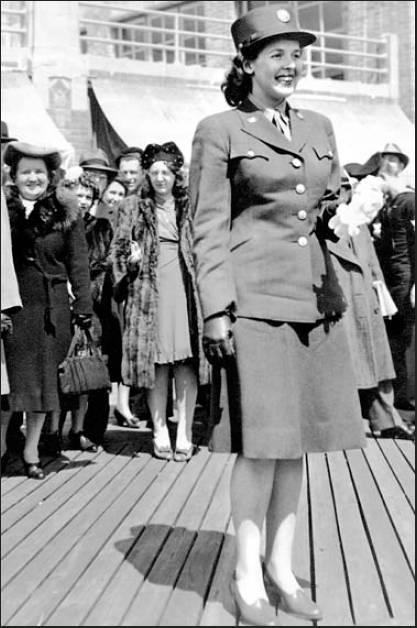
accept women directly into its ranks.
The final bill represented a compromise between the two sides. The Women's Army Auxiliary Corps (WAAC) was established to work with the Army, "for the purpose of making available to the national defense the knowledge, skill, and special training of the women of the nation." The Army would provide up to 150,000 "auxiliaries" with food, uniforms, living quarters, pay, and medical care. Women officers would not be allowed to command men. The Director of the WAAC was assigned the rank of major. WAAC first, second, and third officers served as the equivalents of captains and lieutenants in the Regular Army, but received less pay than their male counterparts of similar rank. For example, although the duties of a WAAC first officer were comparable to those of a male captain, she received pay equivalent to that of a male first lieutenant.
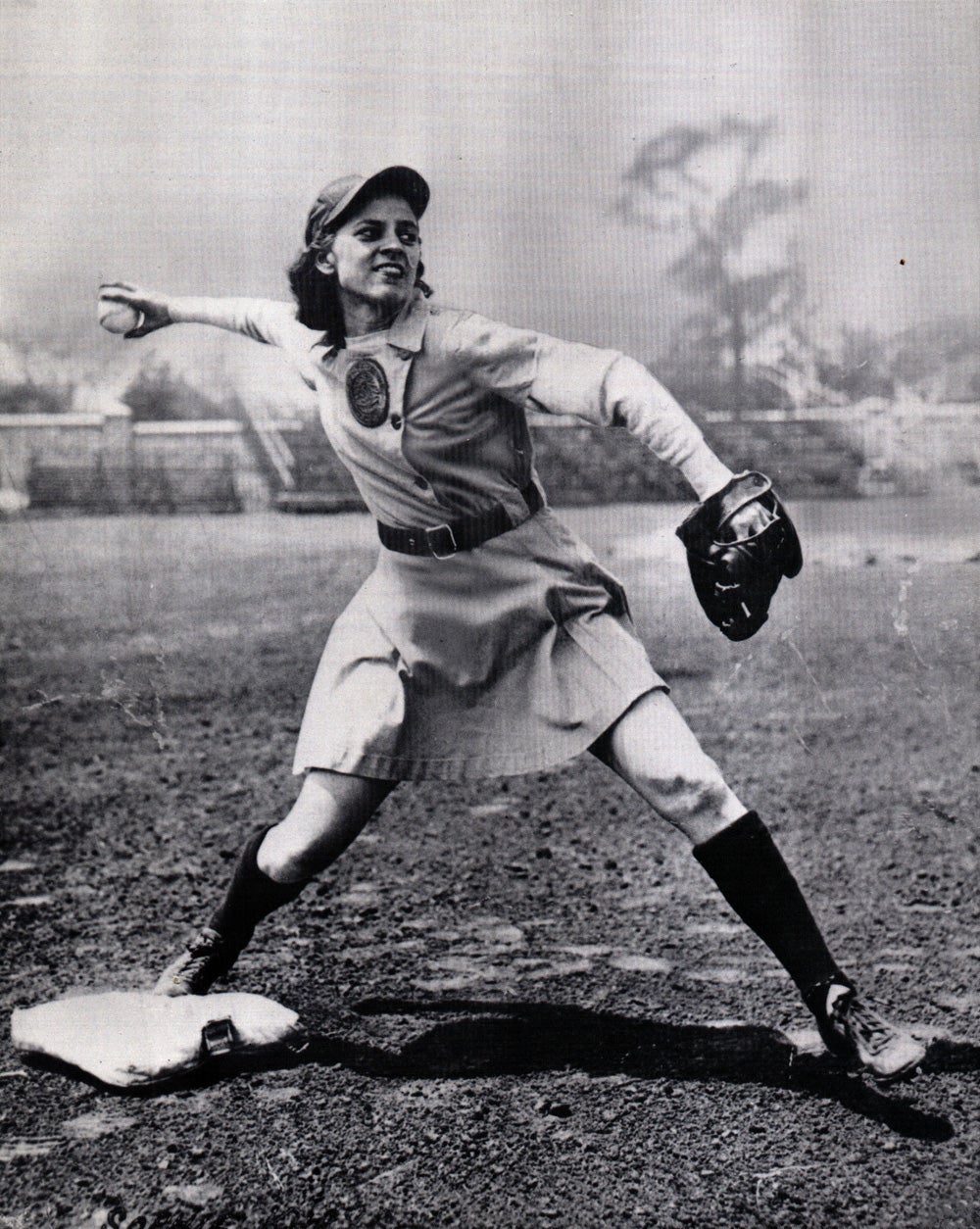
Although the compromise WAAC bill did not prohibit auxiliaries from serving overseas, it failed to provide them with the overseas pay, government life insurance, veterans medical coverage, and death benefits granted Regular Army soldiers. If WAACs were captured, they had no protection under existing international agreements covering prisoners of war. Rogers' purpose in introducing the WAAC bill had been to obtain pay, benefits, and protection for women working with the military. While she achieved some of her goals, many compromises had been necessary to get the bill onto the floor. Rogers introduced her bill in Congress in May 1941, but it failed to receive serious consideration until after the Japanese attack on Pearl Harbor in December.
Can you offer some research about Water Symbolism?
Viktorija Kovac

Water is powerful natural element and a common symbol used to represent ideas and qualities.
Metaphysical Meaning of Water
Meta: Water in its different aspects represent weakness and negativeness, cleansing, mental potentiality, and in some cases life, or vital energy.
In the Bible
The Bible and Water Speaks of Gods Word. Water symbolizes Gods Word in many places throughout the Bible. In both Psalms and Ephesians water is a symbols of God's word. Ephesians 5:26 to make her holy, cleansing her by the washing with water through the word. In Isaiah the water is a simile for the knowledge of God. More on the spiritual meaning of water.
Water Deities
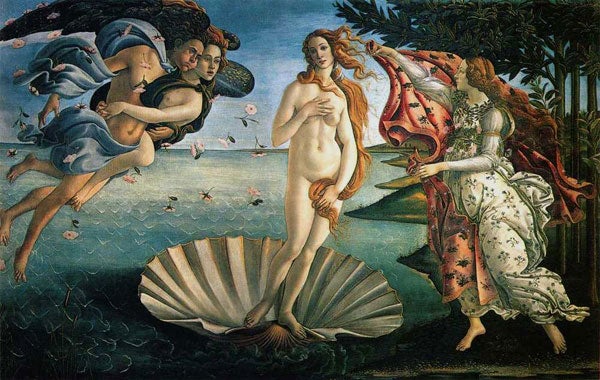
Deities that govern the Earth and its vibrational nature from different cultures are: Aphrodite, Ea, Isis, Mariamni, Tiamat, Yemaya, Neptune, Poseidon, Lir, Oceanus, Kanaloa, Sedna, Apsu and Njord.
Water Symbolism in Dreams
Consider the numerous figures of speech relating to water and how they may relate in the context of your dream:
- like a fish out of water (uncomfortable);
- in deep water (in over your head);
- water under the bridge (it's in the past);
- Blood is thicker than water (family is more important);
- in hot water (in trouble);
- muddy the waters (make things worse);
- test the waters (try out);
- through hell and high water (no matter what);
- treading water (in danger of drowning);
- white water rapids (rough waters) - you may think of others that make sense in the context of your dream.
Water is one of the most common dream symbols and is usually associated with the emotions and the unconscious. Large bodies of water (ocean, lake,pool) usually represent the unconscious itself.
The condition or state of the water may represent the emotions. For instance:
- cold water may symbolize feeling or being cold, distant or unemotional;
- hot water may represent anger or rage;
- rough or turbulent water may symbolize stress; emotional unbalance or difficulties;
- boiling water may represent emotions, especially anger or rage, that have been seething under the surface and are about to emerge or boil over; you may need to walk away and release some steam;
- calm water may represent a peaceful state of mind;
- dirty water may indicate you are holding on to a lot of negative thoughts or emotions; or you may not be thinking clearly about a situation;
- clean and clear water may represent you are in touch with your true nature and spirituality; and/or you are thinking clearly about a situation;
- flowing water may symbolize you are easygoing or going with the flow running water may suggest you are allowing your emotions to run away with you or you may be running away from your emotions (repressing or denying them)
What does water commonly symbolize in literature?
Often, the type of water in literature is just as important as the fact that water is used as a symbol. Water generally cleanses, however, and it inevitably becomes a symbol of characters in stories handling difficult life scenarios. In any case, water is a symbol of power in stories. It has the ability to free characters as well as claim them.
Art Water Symbols
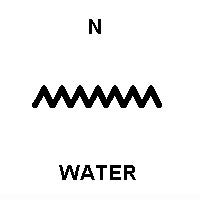
Professor of art history, Chris Witcombe, has a page on art water symbols and a detail study on the representation of water. In Ancient Egypt for example, the fascinating aspect to water representation is that the name for water was uat, which also means the colour green. In early mystical lore, water and green were considered synonyms because water was believed to typify the earliest form of soul or generative essence.
For the Egyptians, the word uat also signified the hard green stone, the emerald, and the green feldspar. Of these stones, the emerald is associated with romantic love and the sensual side of Nature. The emerald us sacred to the goddess Aphrodite/Venus who was born from the sea.